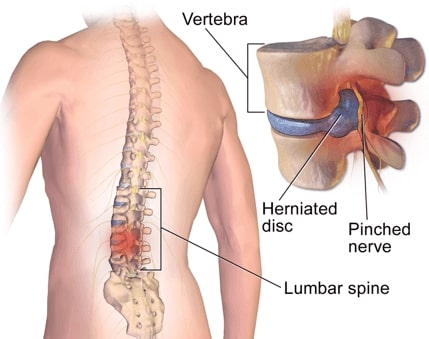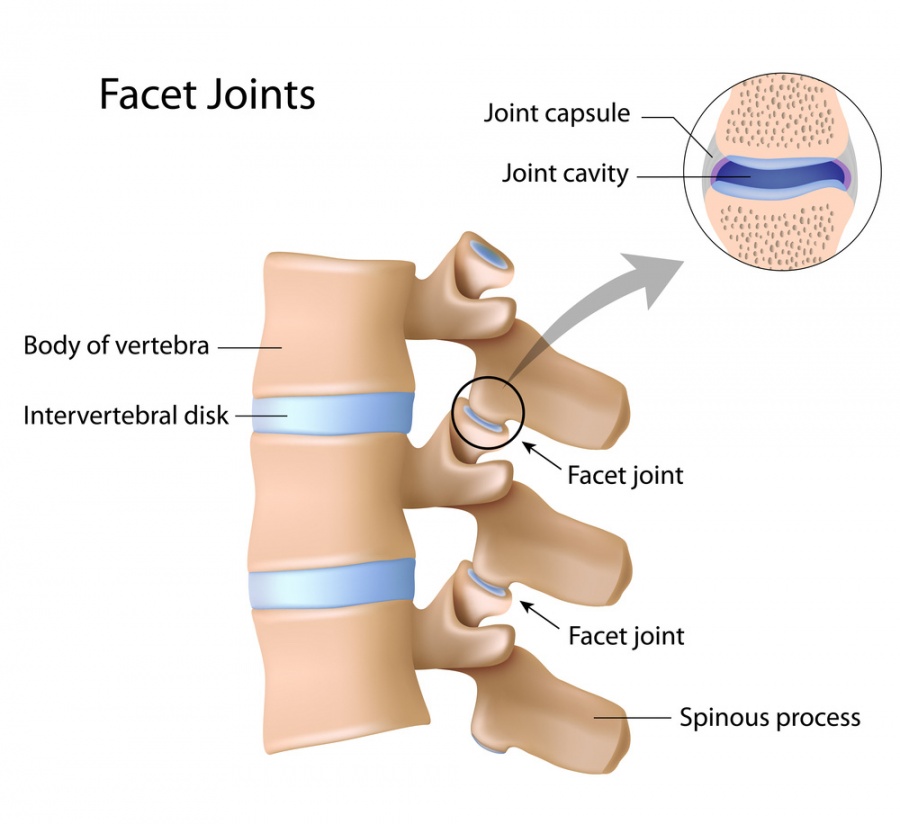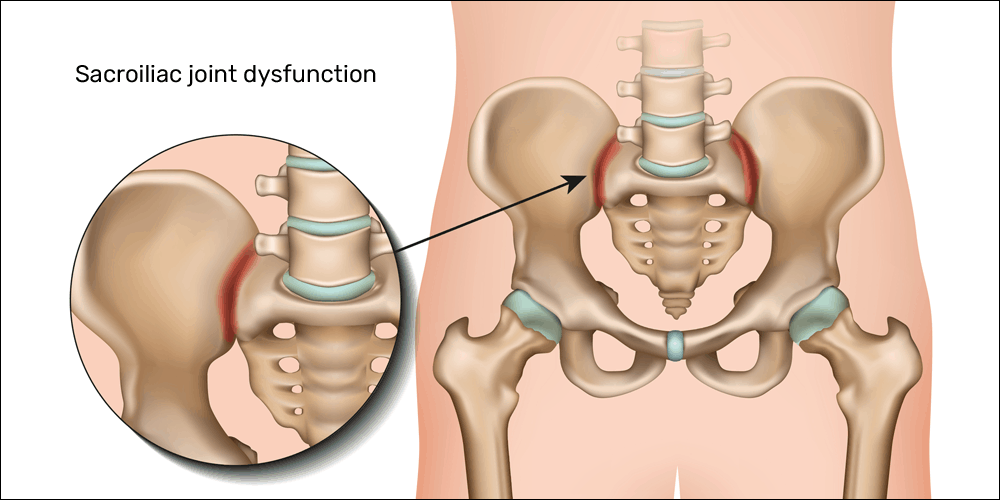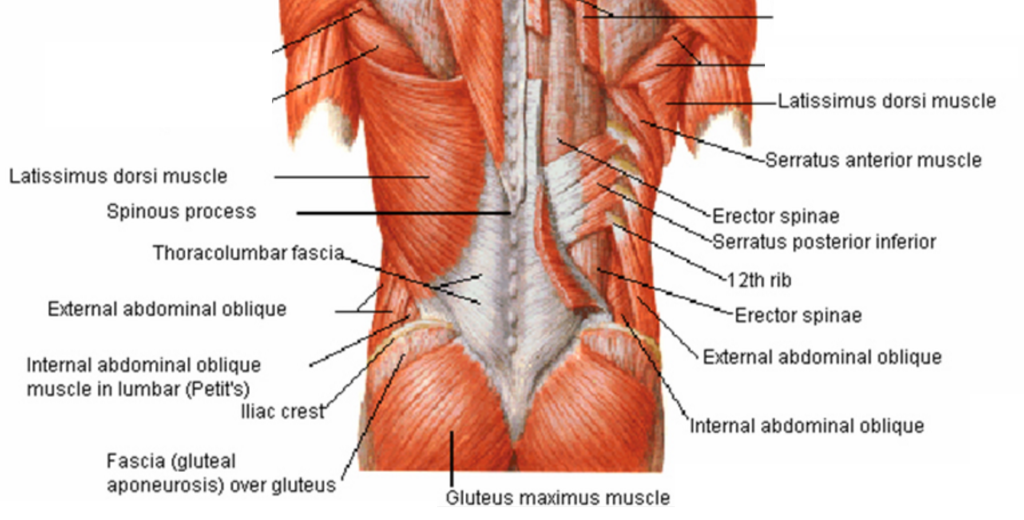WASHINGTON — After a long battle with customer satisfaction issues, the Department of Veterans Affairs—known to friends and coworkers as “VA”— took its own life in a veteran’s driveway Tuesday evening after reading the former service member’s highly critical post-care survey.
“I tried so hard to make sure patients have something to listen to during their many, many, many hours waiting to see their providers,” VA told a police negotiator. “Don’t veterans understand how hard it is to make a playlist? We can’t just leave ‘Fortunate Son’ on repeat.”
VA was extremely familiar with the songs veterans would listen to on deployment playlists, most of which they would play in the waiting rooms to ensure patients were on the verge of a flashback prior to the start of their appointments.
VA shared its despair with its long-time partner DoD in a text Tuesday morning, just hours prior to VA’s violent demise.
“Do people honestly think we can keep on a tight schedule with how many veterans we have coming in daily?” VA asked. “Most of them take more time than we plan for during their appointments, causing us to get an hour or two, or four behind schedule.”
Witnesses say VA kept a wide variety of outdated magazines for entertainment, as well as a television tuned to CNN, in its waiting room to ensure the veterans stay depressed during their substantial wait times. VA’s coworkers say that during the days leading up to VA’s passing, VA began giving away personal items such as 30-year-old framed pictures of the Army values, a Black Hawk Down movie poster, and an autographed picture of Colin Powell.
“I don’t know why cable companies are allowed to give a three or four hour window for service, but VA can’t do the same,” said DoD. “We try to do our best, most the time, but just because we get stuck with a few whiners for longer than expected doesn’t mean our patients have the right to be so mean on their post-care surveys.”
Friends say in recent years, VA grew increasingly desperate at each round of negative feedback, sending patients multiple surveys following appointments, hoping against hope customers would have something nice to say about the care they received for the post-operative infections, accidental exposure to deadly viruses, and easy access to highly addictive medications. Sadly, the friends say, each subsequent form only resulted in additional criticism.
“I read the survey that made VA off itself, and it was really mean” said one friend, who asked only to be identified as “HHS.” “The patient put in the survey that VA didn’t care about them, or any other veteran for that matter, and went on to say that they were better off just buying a bottle of jack and talking to their dog about their issues since their dog actually gives a shit about them.”
DoD and HHS said they are planning a memorial for VA and will launch an awareness campaign asking people to do two push-ups and then change their social media profile pictures in an attempt to fight PTSD and depression among government agencies.

Editor’s Note:
Yes, this is satire……but not really…….hmmmmmm
— RU 05 July 2020 —








